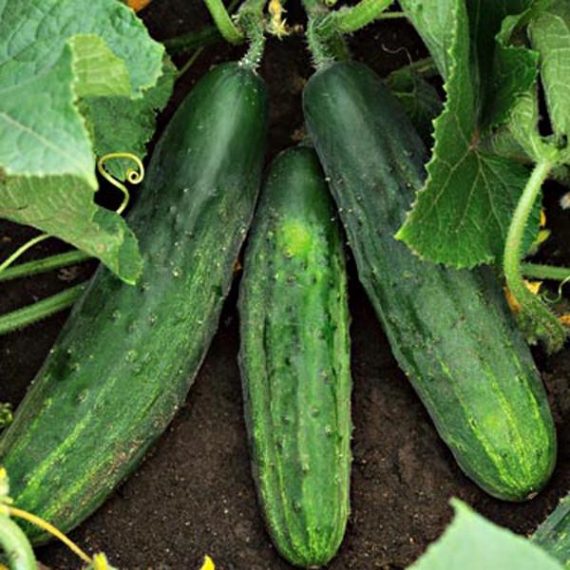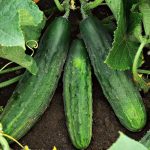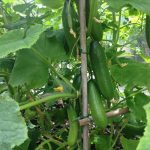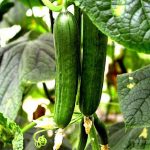Cucurmis satavis – Lebanese Cucumber seed x25
$3.00
Open Pollinated Organic & Delicious
7 in stock
Lebanese CucumberCucumis satavis(This plant is NOT on the Australian Noxious Weed List) The best time to plant Lebanese cucumber is September/October (southern hemisphere) although they can be sown through to February in a temperate climate.Lebanese cucumbers are easy to grow if you follow a few simple directions.Seed should be directly sown to a prepared bed, rather than transplanted from punnet to bed, because they highly resent root disturbance and will probably die. You can start them in peat pots but you must be very aware of not disturbing the roots.Soil must have very good drainage or be mounded.Plants must be well watered daily keeping leaves and cucumbers dry if possible.Do not use high nitrogen fertilisers as you will have a lovely, lush plant but few cucumbers.Cucumbers like calcium, so use garden lime, dolomite or gypsum when preparing the bed. Calcium deficiency causes blossom end rot.Harvest commences in 8 to 10 weeks. Do not let the cucumbers grow large, 10-12cm (4-5in) at the most then harvest. For pickled gherkins harvest at 5-6cm (2-3in). Fruit production is 7 to 15 weeks.Offered is a packet of 25 seeds and Grownotes to assist you in propagation.
|
Item specifics
|
*ALL PICTURES SHOWN ARE FOR ILLUSTRATION PURPOSES ONLY
You must be logged in to post a review.
Related products
Excellent Cut Flower
Large Blooms. Colours include yellow, orange, pink, red, scarlet, white and pastels.
Annual Cut or Dried Flower Folk Medicine
Very Good Cut Flower – 1000 seeds (bulk)
Perennial Shrub Frost Hardy Low Growing Ground Cover

















Reviews
There are no reviews yet.